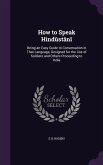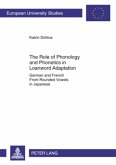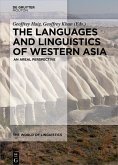Seminar paper from the year 2020 in the subject English Language and Literature Studies - Literature, grade: 2,3, http://www.uni-jena.de/, language: English, abstract: This contribution is aimed at exploring the reasons why people from all over the world have been visiting France and Belgium, to see the old battlefields of the Western Front of the Great War over the last hundred years. What motivations did or do they have? Is it a general interest in historic places or do the visitors have a personal connection to the places because they have fought there or have lost a loved one there? Does a real tourism to the former battlefields exist at all? As a single term paper cannot be enough to answer all these questions in detail, the focus will be set on the British visitors. It be will be examined what war tourism, or rather battlefield tourism, entails and how it developed after the Armistice. Finally, selected guidebooks and their typical features will be presented and how they prepare visitors for their journey into the past. Despite the Great War being over for more than 100 years, the promise of remembering its dead is still fulfilled. The idea for this term paper came from a book that has been on my shelf for quite some time now. In "Traces de la Grande Guerre" J.S. Cartier has captured what is left of the Western Front during the 1990s in black and white photographs, supplemented by short informative texts on the location or the picture itself. I was surprised at the recency of the book, and how much is actually left of the war and omnipresent - not only in hidden places.








